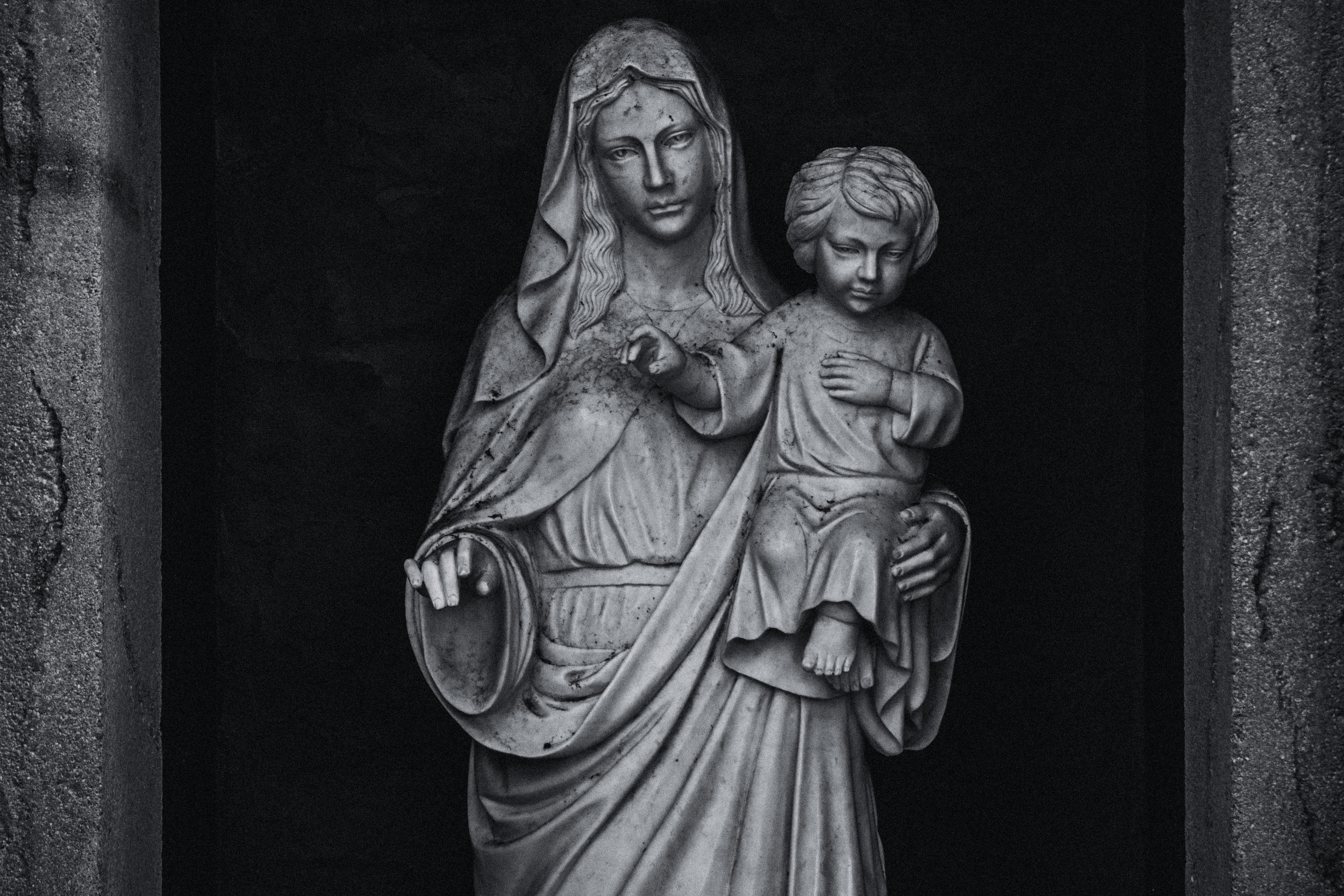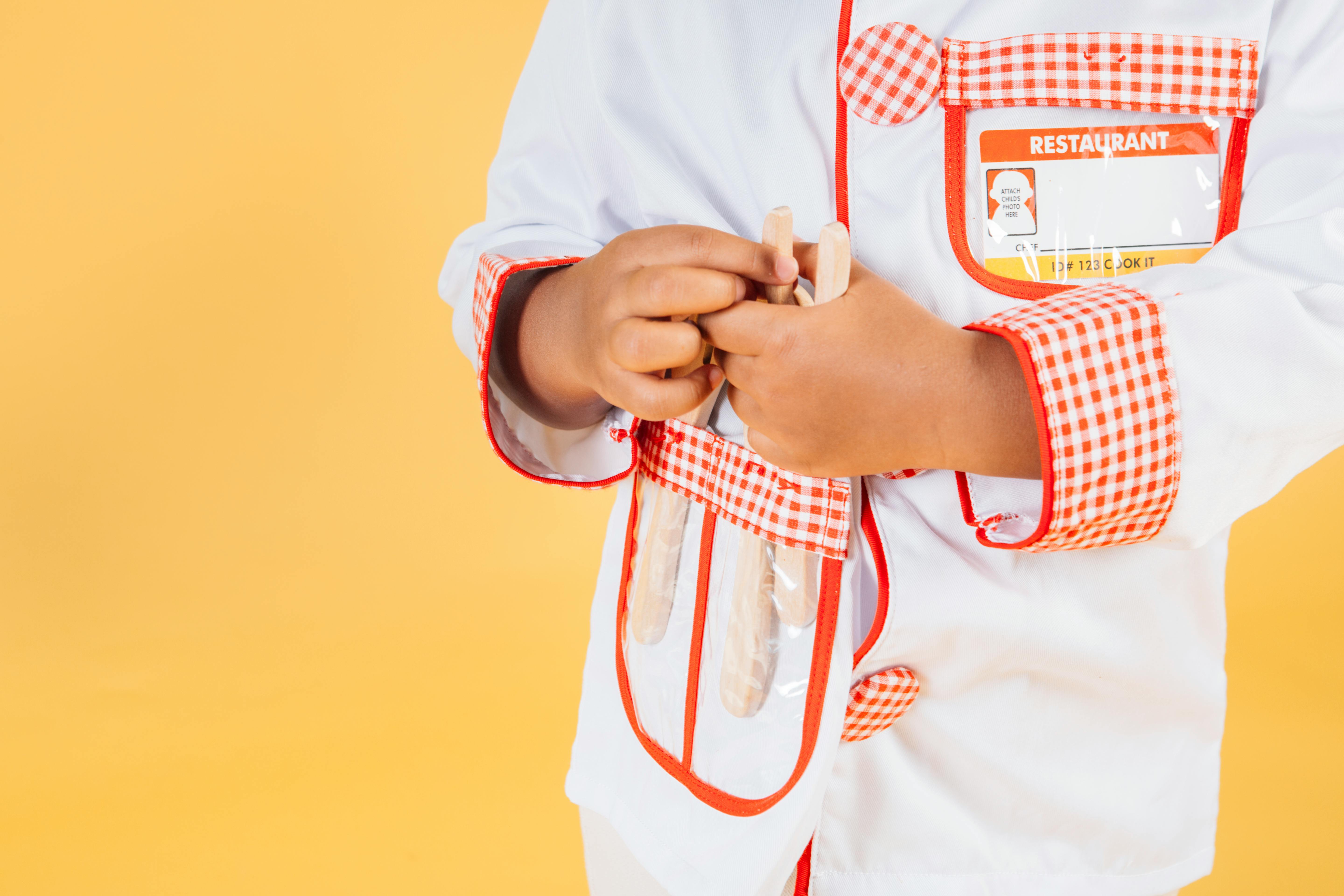Anyone unfamiliar with Burma, its culture and history, will no doubt be quite puzzled when asked about the meaning of ‘Nawarat’ and will surely wonder what the heck Nawarat means or is. How could he (or she) know?
So what is this mysterious Nawarat (occasionally spelled Navarat) and what is it about? Are you puzzled now? You sure are. Well don’t worry, this article will shed light on the myth and mystery of Nawarat and in a few minutes from now you will know the answer to the question what it is about.
Nawarat has to do with power, wealth, glory, greatness and splendor, achievement and wholeness, health and vigor, strength and vitality, calm and tranquility, as well as love. and affection. But above all, it is about power in the broadest sense of this term. And as much as it is about all these things, it is about occultism (in Latin ‘occultare’, which means’ secret ‘and’ occultere ‘, which means’ hide’ or ‘hide’) and superstition (in Latin ‘super ‘, which means’ over’ and ‘look’, which means’ stand ‘). In other words, Nawarat is about the widespread belief in Burma in invisible and unknown forces of supernatural influences, especially with regard to bringing good and bad luck, and in the efficacy of various practices, such as astrology, which is considered to be occult knowledge. of the universe. and its mysterious forces.
At this point you will surely think, well, now I have a pretty good idea of what Nawarat is, but I still don’t know what it is exactly. To begin with, ‘Nawarat’ is a jewel-shaped amulet or amulet that, as Burmese deeply believe, has magical powers; thus it can ward off evil and danger and give power, wealth, health, glory, etc. Simply put, the Nawarat is a ring worn for protection and good luck.
The ring is made of gold and includes seven jewels, a coral and a pearl, nine pieces in total, which is why it is called in Burmese ‘Nawarat Koe Par’ or in English ‘Nine Jeweled Ring’.
Today, almost every jewelry store in Burma offers these rings (there are even cheap copies available) and anyone who is interested in buying a Nawarat ring and can afford it can do so. But again, you must firmly believe in the mystical powers of the Nawarat ring, for the ring itself, however valuable in material terms, can hardly be called a beauty; in fact, at least in the eyes of Westerners it looks rather tacky and tacky. However, I have met very, very few ‘Westerners’, even women, who have bought cheaper versions of Nawarat rings. I suspect their ulterior motive was to become interesting at home because they would certainly be asked what this ring is so unusual in western countries about which, in turn, offers a good opportunity to tell interesting stories and become the center of attention.
That women wear the Nawarat and that today it is also offered as a pendant is not at all in accordance with tradition, as only men wear the Nawarat and only as a ring. Be that as it may, now let’s take a serious and closer look at the ancient tradition (which plays an eminent role) of the ‘Nawarat’, the individual components of the ring, its design and the ways it is worn and manufactured. since all these details are of vital importance for the Nawarat Koe Par to function properly, that is, to reliably obtain and exercise its magical powers.
The tradition of Nawarat Koe Par goes back to the ancient history of Burma, present-day Myanmar; the times when only kings, members of royal families, and companions and advisers to kings and queens could own and wear a Nawarat Koe Par. The common people were apart from the fact that they generally did not have the financial means necessary for such a precious and valuable ring that they were not allowed to own and wear a Nawarat. They faced heavy penalties in case they did not strictly comply with this royal edict. This edict was a protective measure taken by kings and queens that was deeply rooted in their belief and reverence for the supernatural, as well as their fear. Nothing was allowed that, according to his belief, would jeopardize his almighty position. The people, by the way, were sentenced to death for much lesser “misdeeds”.
Since ancient times, gems have been classified into ‘warm’ and ‘cold’ stones and those that are superstitious (Friday the 13th, broken mirrors and the black cat can serve as examples) are globally believed to possess supernatural qualities and the ability to protect yourself from harm. Furthermore, it is traditionally believed that certain gemstones go particularly well together with people born in a specific month or under a specific zodiac sign, as the respective gem and person are said to have matching characteristics. Illustrative of this is the ‘birthstone’. A birthstone is any of the gems associated with the particular sign of the zodiac or the calendar months of the year that are believed to bring luck to people who are born in those months or under those signs.
These birthstones, months and symbolic meanings are: January, garnet (constancy), February, amethyst (sincerity), March, aquamarine or bloodstone (courage), April, diamond (innocence), May, emerald (love, success). ), June, pearl or alexandrite or moonstone (health, longevity), July, ruby (joy), August, peridot or sardonyx (conjugal happiness), September, sapphire (clear thought), October, opal or tourmaline (hope), November, topaz (fidelity) and December, turquoise or zircon (prosperity).
Also when it comes to design and style, tradition often plays an important role and changes are inevitable and normal. A specific design or style expresses a specific spirit of the time. In other words, it represents a certain time. And the design and style of jewelry are no exception to the rule. However, with the Nawarat Koe Par this is not the case. As for this ring, absolutely nothing has ever changed.
All the time, the style, the design, the materials used and the manufacturing method have been kept absolutely the same. The gems are arranged in a circular fashion, with the red ruby always being the largest in the center. This is of immense importance to the ring, as it would not otherwise be able to display its magical powers. In case you are considering the idea of buying a Navarat Koe Par for yourself and trying to save money when it comes to this important point, it is definitely not the right thing to do. Do not forget that your future is at stake. My advice is don’t take chances. The exact position of the individual gem, as well as the pearl and coral is predetermined and follows an ancient code that must be strictly adhered to. Only the exact placement and alignment of the gems guarantees maximum mythic power, which can be defined as follows. Ruby (general power), sapphire (love), cat’s eye or zircon, whose transparent and colorless variety is also known as Matura diamond (achievement), diamond (glory), emerald (tranquility), coral (power of leadership), topaz (health), pearl (greatness) and garnet (strength).
The red ruby, as mentioned above, has to be the centerpiece; the blue sapphire has to point to the north, the yellow cat’s eye (alternative zircon) to the south, the crystalline diamond to the east, and the green emerald to the west. While the proper place for pinkish-orange or red coral is the northeast and for colorless topaz the northwest, the silvery-white pearl should point to the southeast and the red garnet to the southwest. Furthermore, it is vitally important that the gems are placed in the Nawarat Koe Par in such a way that the ‘warm’ emerald points towards the owner’s body and subsequently the ‘cold’ diamond is away from it to provide maximum protection against any danger. That may be lurking around the corner. For maximum effectiveness of the Nawarat it is also important that it is worn on the left hand, which is according to Asian tradition the ‘clean’ hand and that its owner is praying and paying homage to good spirits before putting it on for the first time. In no way should these instructions be taken lightly and / or the order of the setup should be altered, as this would inevitably render the ring ineffective; that is to say, the Nawarat Koe Par would not display its magical powers to the fullest and would subsequently be quite useless in regards to its main purpose of providing protection and bringing good luck.
Equally strict rules apply to the making of the ‘Ring of Nine Jewels’, the procedures of which are largely based on the occult. A large number of Burmese goldsmiths are still very familiar with the proper traditional procedures to follow and adhere to when making the ring. Making a Navarat requires that the goldsmith perform the required ceremonies correctly, that he himself deeply believes in supernatural powers, that he has a strong astrological connection with the jewels chosen to make the Nawarat Koe Par, and that he take all five Buddhists. precepts. These are: do not take your own life, do not lie, do not steal, do not take intoxicants and do not commit adultery on the same day that work on the ring begins.
The correct time to start working on the Nawarat depends on the date of birth (hour, day, month and year) of the future ring bearer and is painstakingly calculated by a ‘Badin-saya’ (astrologer). Before the beginning of the ring making, the prayers made by the goldsmith are as important as it is that he makes offerings of light to each individual gemstone, the coral and the pearl, all placed on a clean white cloth. Each of these stones has a unique special power that increases significantly when combined. When the right moment in time has come, the work begins; and the moment when the planet corresponding to the respective gem is at its zenith is exactly the moment when the respective stone, pearl and coral, respectively, must be set. For this reason, the manufacture of a Nawarat Koe Par must be ordered on time, as it may take a year or even more (sometimes many years) for the ring to finally be completed.
This, of course, only applies to the true believer. As mentioned above, you can also buy a ready-made Nawarat ring, but it is very, very doubtful, to say the least, that in this case the hopes placed on the ring are justified, as they most likely will not be fulfilled.
Regarding the ring making process, it is also important that the gems are placed in the pollen of flowers that match in color with the color of the respective stone when it is set. As for, for example, ruby, it would be pollen from Padonmar (lotus), while coral should be set to musky lotus and sandalwood. So if you want to be happy, healthy, rich, glorious, powerful, powerful, etc. and nothing has worked so far or if what you are doing does not seem to be enough to achieve these goals to your full satisfaction, you can give it a try by getting yourself a Nawarat Koe Par made especially for you. Provided you have enough time, financial means, and unshakable faith in Nawarat’s magical forces, it is certainly worth a try.
Ma thi nein bu (you never know).
Gan kaung ba from (Good luck!).






